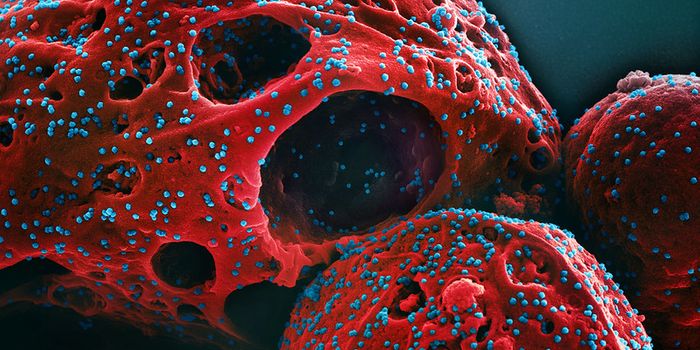Scavenger Technology Bridges The Gap Between Energy Sources
Batteries and harvesters source electronics the power they need. For batteries, they store energy internally but have a limited supply. But, harvesters involves energy that is collected from the environment. Now, a study from the University of Pennsylvania's School of Engineering and Applied Science bridges the gap between the two power sources—they call it the ‘metal-air’ scavenger (MAS).
Learn more about how batteries work:
"Harvesters, like those that collect solar, thermal or vibrational energy, are getting better," says James Pikul, assistant professor in the Department of Mechanical Engineering and Applied Mechanics. “They're often used to power sensors and electronics that are off the grid and where you might not have anyone around to swap out batteries. The problem is that they have low power density, meaning they can't take energy out of the environment as fast as a battery can deliver it."
The MAS technology mimics a battery but also works like a harvester.
"Our MAS has a power density that's ten times better than the best harvesters, to the point that we can compete against batteries," he says, "It's using battery chemistry, but doesn't have the associated weight, because it's taking those chemicals from the environment."
Findings were published in the journal ACS Energy Letters.
Source: Science Daily








